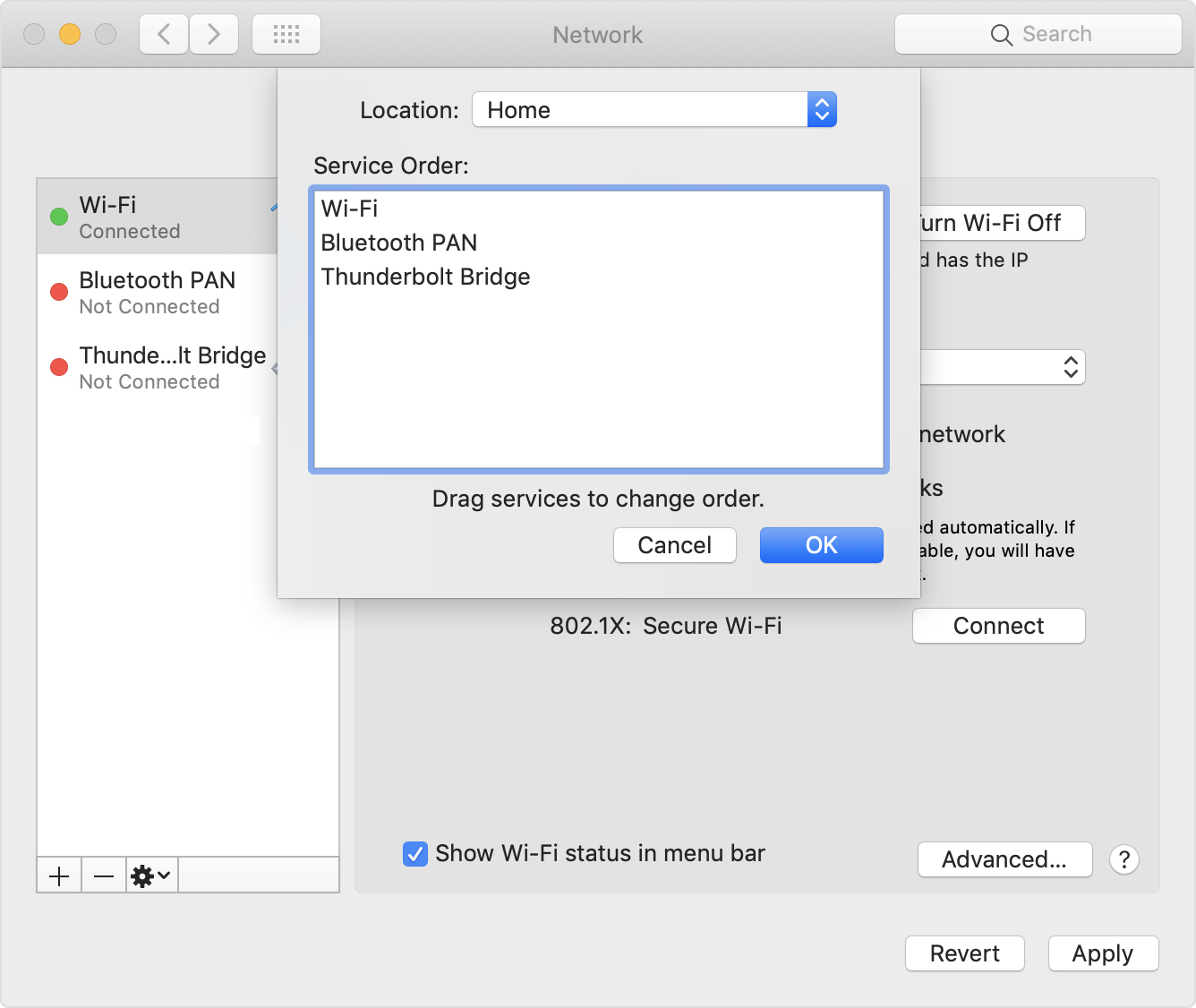

Configured NICs cannot be added to a bridge.

If the FortiWeb appliance is operating in true transparent proxy or transparent inspection mode and you will configure a V-zone (bridge), do not configure any physical network interfaces other than port1. For details, see Adding VLAN subinterfaces. If your network uses VLANs, you can also configure VLAN subinterfaces. You can configure network interfaces either via the web UI or the CLI. If you want multiple networks to use the same wire while minimizing the scope of broadcasts, configure VLANs (see Adding VLAN subinterfaces). Instead, group the two physical network ports by adding their associated network interfaces to a bridge.Ĭonfigure each network interface that will connect to your network or computer (see Configuring the network interfaces or Configuring a bridge (V-zone)). you want to deploy FortiWeb between incoming connections and the web server it is protecting, without changing your IP address scheme or performing routing or network address translation (NAT)įor bridges, do not assign IP addresses to the ports that you will connect to either the web server or to the overall network.the FortiWeb appliance operates in true transparent proxy or transparent inspection mode, and.However, this is not true for bridges.īridges ( V-zones) allow packets to travel between the FortiWeb appliance’s physical network ports over a physical layer link, without an IP layer connection with those ports. Usually, each network interface has at least one IP address and netmask. If you require these features, implement them separately on your FortiGate, VPN appliance, or firewall. These can provide features such as link failure resilience or multi-network links.įortiWeb does not currently support IPSec VPN virtual interfaces nor redundant links. Initially, each physical network port (or, on FortiWeb-VM, a vNIC) has only one network interface that directly corresponds to it - that is, a “physical network interface.” Multiple network interfaces (“ subinterfaces” or “virtual interfaces”) can be associated with a single physical port, and vice versa (“redundant interfaces”/” NIC teaming”/”NIC bonding” or “aggregated links”). In some cases, you may not want to assign IP addresses to the other network interfaces. How should you configure the other network interfaces? Should you add more? Should each have an IP address? That varies. Depending on your network, you usually must configure others so that FortiWeb can connect to the Internet and to the web servers it protects. To connect to the CLI and web UI, you must assign at least one FortiWeb network interface (usually port1) with an IP address and netmask so that it can receive your connections. To fully configure all of the network interfaces, you must complete this chapter.
Configure mac network settings install#
If you are installing a FortiWeb-VM virtual appliance, and you followed the instructions in the FortiWeb-VM Install Guide, you have already configured some of the settings for port1. You can use either the web UI or the CLI to configure these basic network settings. You also must configure FortiWeb with the IP address of your DNS servers and gateway router. * The number of network interfaces varies by model.

Default IP addresses and netmasks Network Interface* If these IP addresses and netmasks are not compatible with the design of your unique network, you must configure them. When shipped, each of the FortiWeb appliance’s physical network adapter ports (or, for FortiWeb‑VM, vNICs) has a default IP address and netmask.


 0 kommentar(er)
0 kommentar(er)
